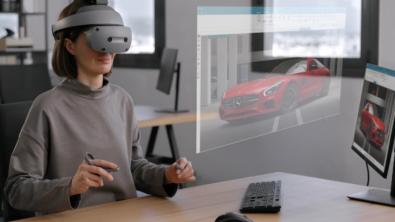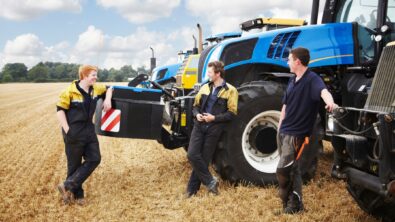The Digital Future of the Heavy Equipment and Off-Highway Industry – Summary
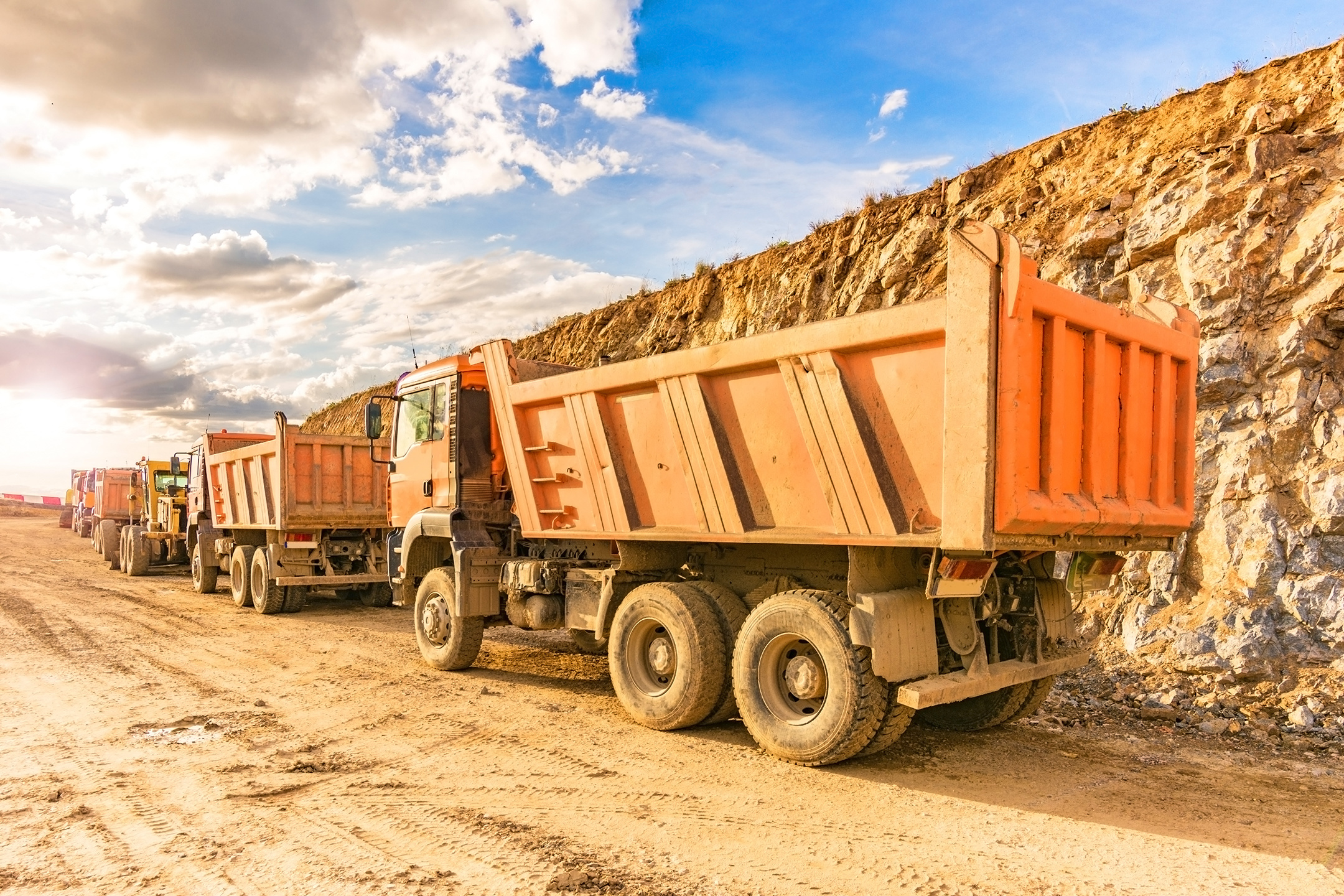
On the Industry Forward Podcast, Dale Tutt and I have had the opportunity to speak with several experts representing many of the most recognizable and impactful industries in the world. One series of episodes focused on the heavy equipment and off-highway industry, featuring Hendrik Lange Director of the Heavy Equipment Industry at Siemens Digital Industries Software. We learned a lot from Hendrik regarding the industry dynamics and challenges that manufacturers of heavy equipment and other commercial vehicles face. In this blog you can read a summary of what we talked about over three episodes.
The demand for heavy equipment and off-highway (HE/OH) vehicles is flourishing. Heavy-duty machinery like agricultural tractors, excavators, and haul trucks are critical to food production, housing and urban infrastructure construction, and the sourcing of the raw materials needed to manufacture a variety of consumer and commercial tech products. The need for these vehicles is increasing as global urban populations rise and industrial customers and consumers demand greater capabilities in various products.
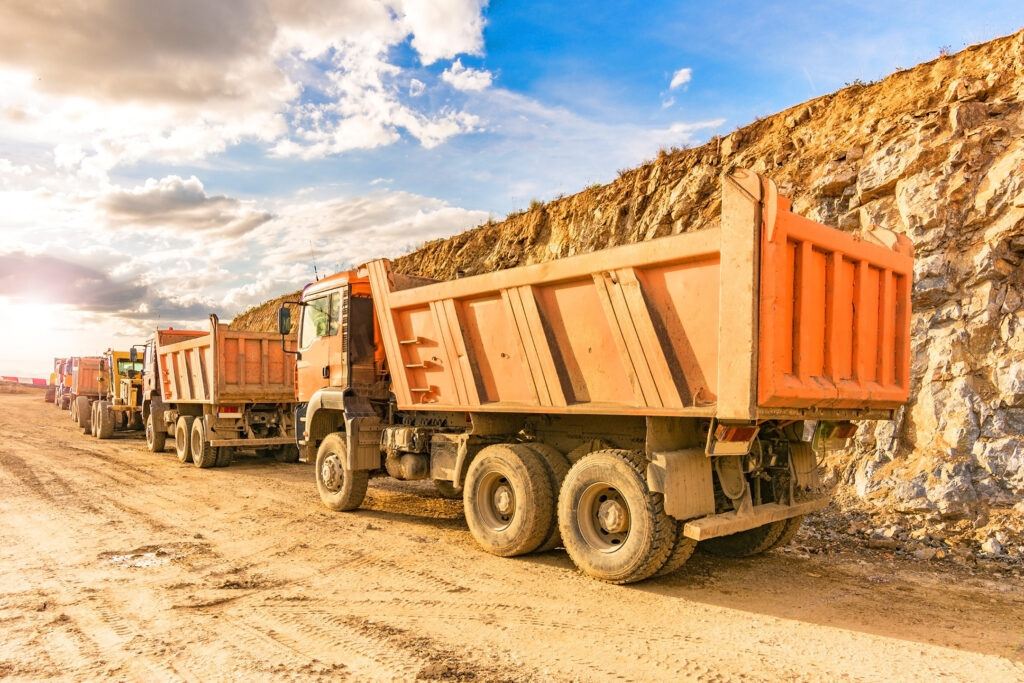
Meanwhile, new regulations and sustainability mandates require that companies in all industries become more efficient, accomplishing greater productivity while using less energy and resources. Heavy equipment and off-highway original equipment manufacturers (OEMs) must innovate, delivering vehicles and equipment that are smarter, more connected, and more efficient. Traditionally hydromechanical systems are being replaced with advanced software and electronics that can support core functions while also providing a platform for more advanced features and functionality now and in the future.
The next generation of heavy equipment and off-highway vehicles will be the most complex ever. Traditional approaches to vehicle development, manufacturing, and service will not scale to meet the demands of these vehicles, driving heavy equipment and off-highway OEMs to seek new methods that align with the growing need for innovation, agility, and speed.
Business and tech trends drive complexity, capability
HE/OH manufacturers face a few key challenges. In addition to the transition towards increasingly software-defined products, HE/OH products must become more efficient and sustainable to meet various regulations and environmental targets. And while the need for innovation is high, manufacturers must be careful to keep pace without overspending on programs that will not deliver near-term value.
Technologically, HE/OH manufacturers are investing in both electrification and autonomous driving and robotics to achieve a future of smart, efficient, and high value products. From a business perspective, these same innovative capabilities can provide opportunities to create new value-based business models that generate more stable high-margin revenue.
Electrification, alternative fuels drive gains in efficiency
Heavy equipment and off-highway industries are exploring electrification as a means of improving equipment efficiency and industry sustainability. Electrified powertrains, whether full battery electric or hybrid diesel-electric, have shown potential in several applications common to the HE/OH industries. Battery electric vehicles are already being deployed in high-load and low-range applications, and in smaller vehicles like skid steers and small excavators. These applications are well matched to the high torque and precision of electric motors, and enjoy additional benefits of reduced noise, vibration, and emissions producing a healthier and more pleasant job site. Long-term cost of operation and ownership of these vehicles is also often lower than diesel counterparts.
Some challenges prevent battery electric and alternative fuels from being a scalable solution in the near-term for all segments and applications. Charging time is the most salient drawback, particularly for remote job sites where high-quality, fast charging connections are likely not available. Electrification also tends to increase the upfront cost of machinery. At the same time, reliable supply of alternative fuels remains a hurdle, as fueling infrastructure and supply chains for alternative fuels is nascent.
Automation – Self driving and autonomous robotics
In the longer term, heavy equipment and off-highway OEMs are focusing on the development of autonomous driving and robotics for farming, construction, mining, and other heavy-duty applications. The development of an autonomous machine that can independently navigate and manipulate its environment is certainly complex, requiring integrated systems of sensors, on board and cloud computing, and precise actuation.
These machines face other unique challenges. Due to the low production volumes common to the industry, the cost of custom sensors and computer chips is more difficult to recoup. Therefore, HE/OH OEMs generally must rely on off-the-shelf sensor and compute components to enable autonomous functionality, placing additional constraints on engineering and design.
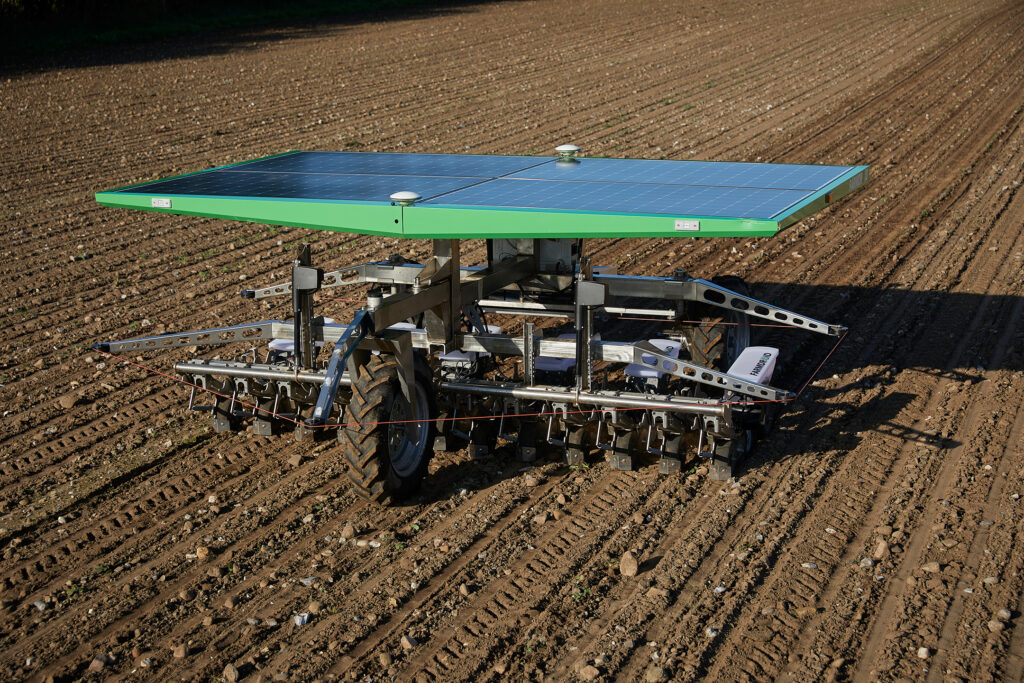
Furthermore, autonomous machines may require even greater object recognition abilities to that of a self-driving car. An autonomous sprayer, for example, would need to be able to distinguish between crops, harmful weeds, and other non-crop plants that may in fact be beneficial.
Digitally constructing the products of the future
Overall, innovation in the HE/OH industry is being pursued to develop capabilities that will support construction, farming, mining, and material handling sectors in a future in which efficiency, sustainability, and productivity must be addressed simultaneously. As pressures mount, these companies are seeking the means to transform for the future, enabling innovative designs in an industry characterized by low volumes, small margins, and demanding applications.
The comprehensive digital twin will act as the foundation for the collaborative, integrated approach demanded by modern vehicles, bringing the mechanical, electrical, electronic, and software domains together to design a complete system. In addition to improving data sharing between all stakeholders, the comprehensive digital twin facilitates the translation of that data into actionable insights that can help reduce cycle times, increase efficiency, and improve market agility. The result is a distinct competitive advantage in meeting growing customer demands for greater performance and smarter features while also helping to overcome the challenges of growing complexity, shifting workforces, and the need for sustainable designs.
Siemens Digital Industries Software helps organizations of all sizes digitally transform using software, hardware and services from the Siemens Xcelerator business platform. Siemens’ software and the comprehensive digital twin enable companies to optimize their design, engineering and manufacturing processes to turn today’s ideas into the sustainable products of the future. From chips to entire systems, from product to process, across all industries. Siemens Digital Industries Software – Accelerating transformation.
